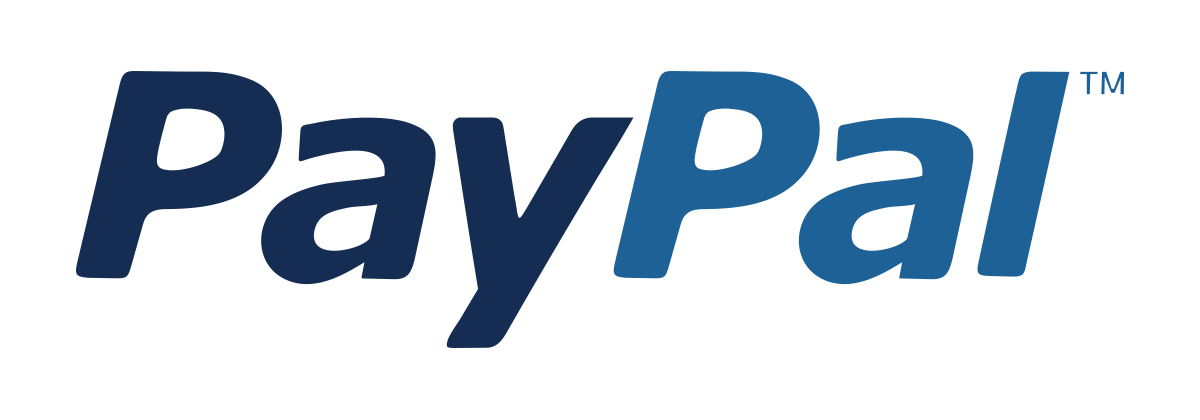Automated Machine Learning (AutoML)
Build and Deploy AI Models Automatically with Minimal Human Intervention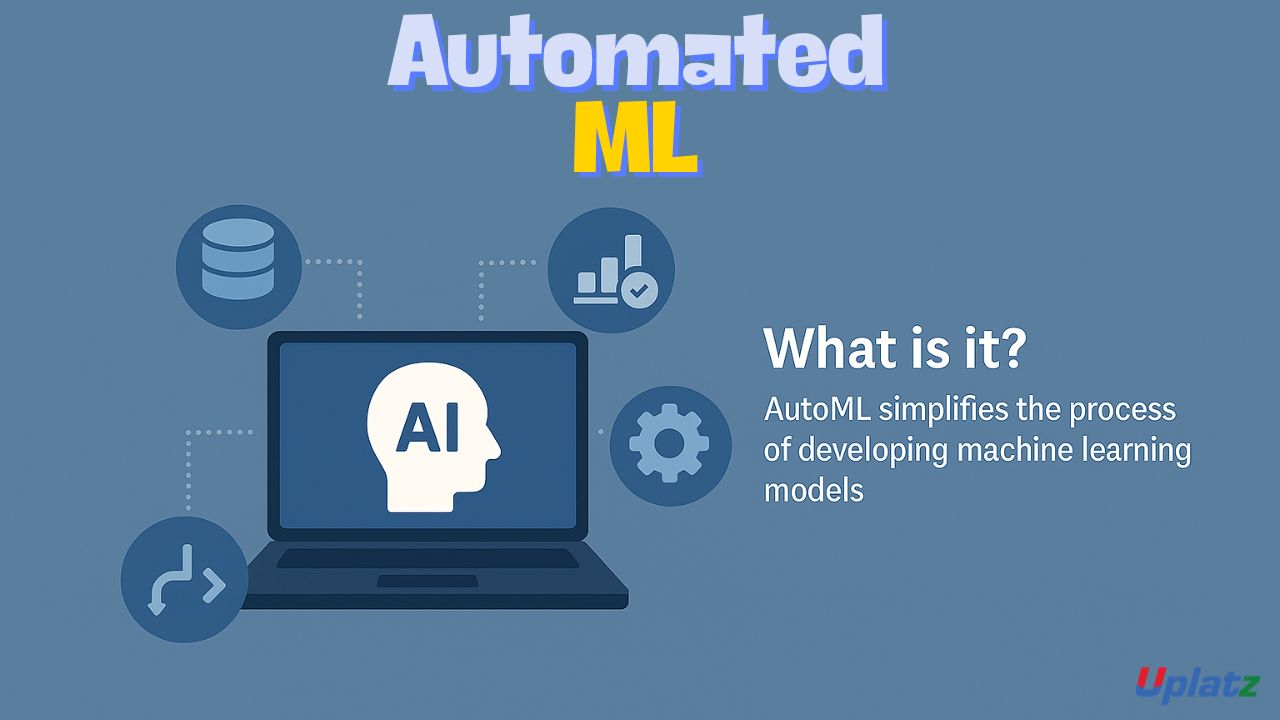 Price Match Guarantee
Full Lifetime Access
Access on any Device
Technical Support
Secure Checkout
Course Completion Certificate
Price Match Guarantee
Full Lifetime Access
Access on any Device
Technical Support
Secure Checkout
Course Completion Certificate
 97% Started a new career
BUY THIS COURSE (
97% Started a new career
BUY THIS COURSE (GBP 12 GBP 29 )-
 86% Got a pay increase and promotion
86% Got a pay increase and promotion
Students also bought -
-
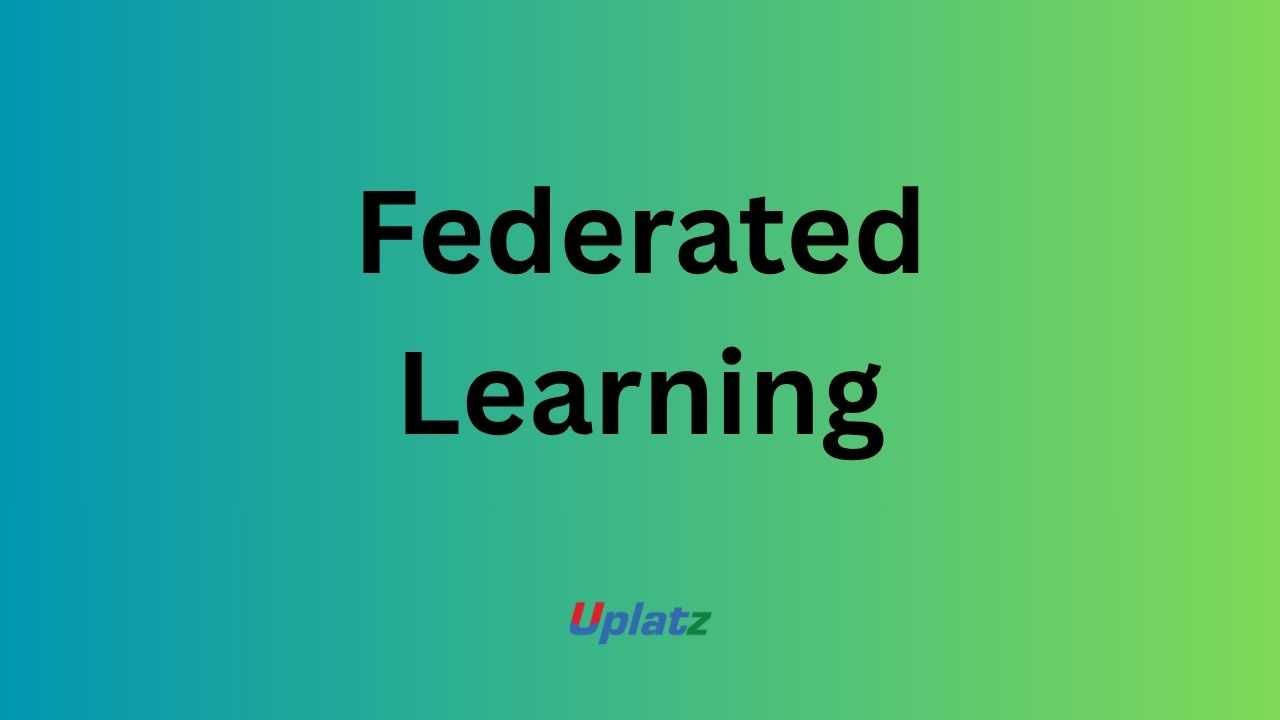
- Federated Learning
- 10 Hours
- GBP 12
- 10 Learners
-
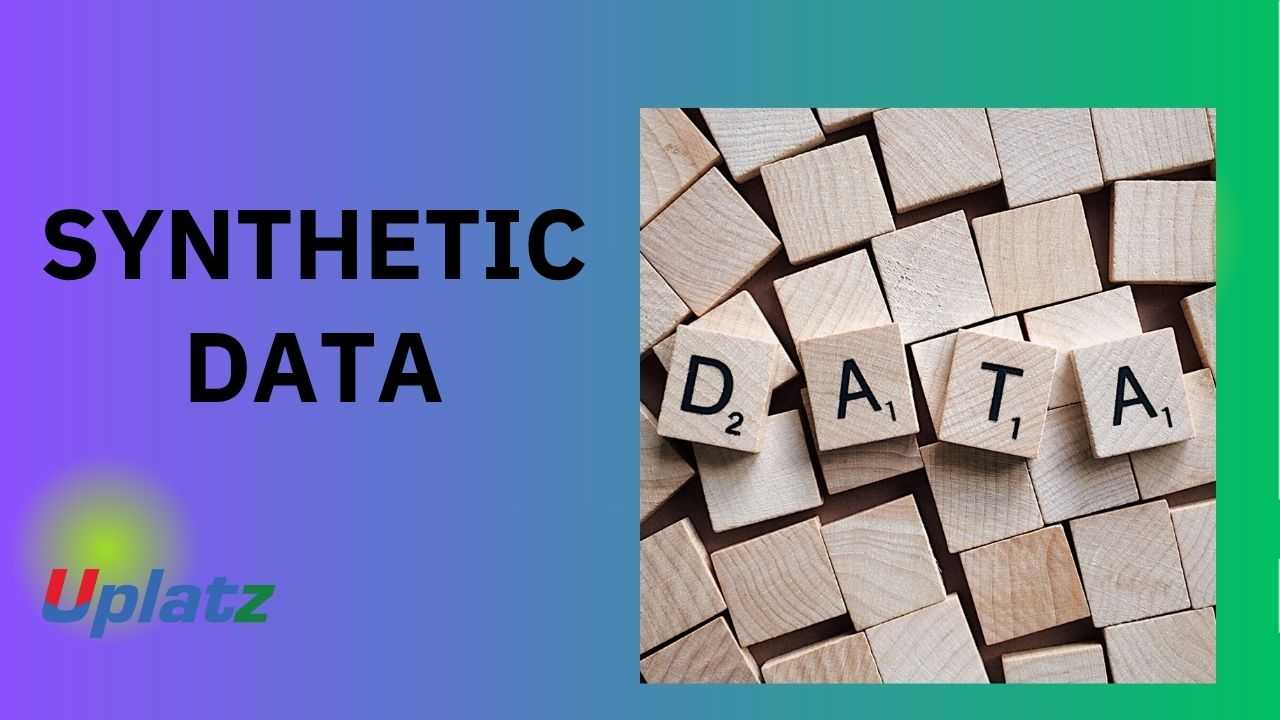
- Synthetic Data: Generation, Applications, and Privacy-Enhanced AI
- 10 Hours
- GBP 12
- 10 Learners
-
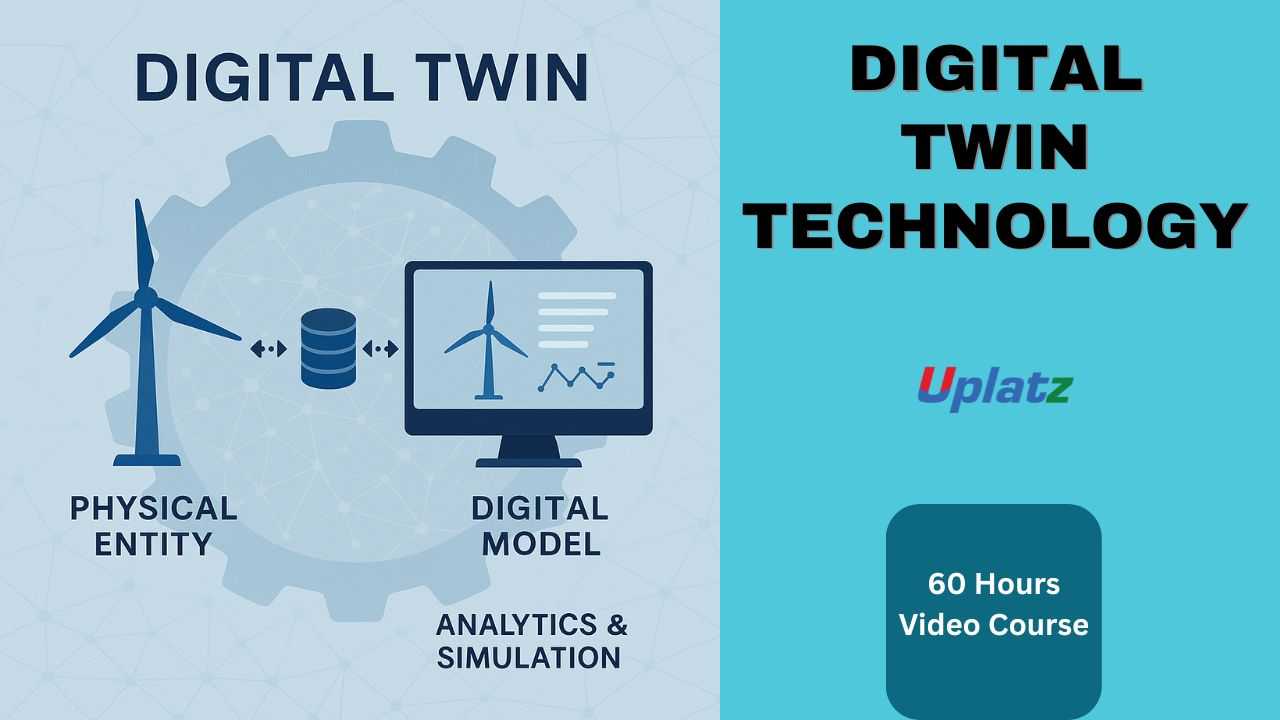
- Digital Twin Technology
- 60 Hours
- GBP 12
- 669 Learners
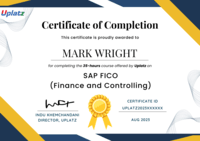
Artificial Intelligence continues to grow at an unprecedented pace, but building high-quality machine-learning models has traditionally required deep expertise in statistics, programming, and algorithm design. Automated Machine Learning (AutoML) is changing that reality by making machine learning faster, more accurate, and more accessible than ever before. With AutoML, organisations can automate the time-consuming stages of the ML pipeline, allowing both beginners and advanced practitioners to build powerful models with minimal effort.
The AutoML course by Uplatz offers a comprehensive, hands-on introduction to the world of automated machine learning. It is designed to help learners understand how modern AutoML systems automate everything from data preprocessing and feature engineering to algorithm selection, hyperparameter tuning, and deployment. Through real-world demonstrations and industry-grade tools, this course shows how automation accelerates AI development and produces production-ready models that perform at expert level.
Whether you are a data analyst, business strategist, developer, or aspiring data scientist, this course gives you the practical skills to integrate automation into your AI workflows, improve model performance, and adapt quickly to today’s fast-paced data-driven environment.
🔍 What Is AutoML?
Automated Machine Learning (AutoML) combines automation, optimisation, and intelligent search techniques to simplify the end-to-end process of creating machine-learning models. Instead of manually selecting algorithms, crafting features, tuning parameters, and testing models one by one, AutoML systems evaluate hundreds of model combinations automatically and recommend the best-performing options.
The core idea is simple:
Let the machine build the machine-learning model.
AutoML frameworks can automatically:
-
Clean and preprocess datasets
-
Handle missing values and anomalies
-
Encode categorical variables
-
Engineer new predictive features
-
Test multiple ML algorithms simultaneously
-
Optimise hyperparameters using advanced search strategies
-
Build ensemble models for maximum performance
-
Provide interpretability and diagnostics
-
Deploy trained models into production environments
By automating these complex tasks, AutoML removes barriers for non-technical users and dramatically speeds up the work of experienced ML engineers.
⚙️ How AutoML Works
AutoML systems follow a series of intelligently automated steps designed to explore hundreds of models efficiently and accurately.
1. Automated Data Preprocessing
AutoML frameworks detect data types, handle missing values, encode categories, scale numerical features, and remove outliers — with no manual intervention.
2. Feature Engineering & Selection
Using statistical tests, heuristics, and ML-driven transformations, AutoML identifies the most relevant features and can generate new synthetic features that boost model performance.
3. Algorithm Search & Selection
AutoML tools test multiple learning algorithms including:
-
decision trees
-
random forests
-
gradient boosting
-
SVMs
-
neural networks
-
linear/logistic regression
They rank models based on performance on validation sets.
4. Hyperparameter Optimisation
AutoML uses techniques such as:
-
Bayesian optimisation
-
evolutionary algorithms
-
distributed grid search
-
reinforcement learning
This ensures that models are trained with optimal parameter settings.
5. Ensembling & Stacking
Many AutoML systems combine multiple top-performing models into an ensemble, improving accuracy and reducing variance.
6. Explainability
AutoML frameworks provide feature importance, model interpretability layers, and insights into how predictions are generated — crucial for business and compliance needs.
7. Deployment
Once the final model is selected, it can be automatically exported to cloud platforms, APIs, or on-premise environments for real-world use.
These automated steps reduce development time drastically and make AI workflows more scalable and reproducible.
🏭 How AutoML Is Used Across Industries
AutoML has become a core component of modern AI strategies across multiple sectors. Organisations use AutoML to democratise machine learning, allowing teams with varying skill levels to generate insights and deploy AI solutions.
Finance
-
Fraud detection
-
Credit scoring
-
Risk modelling
-
Automated trading signals
-
Customer lifecycle segmentation
Healthcare
-
Disease prediction
-
Medical imaging analysis
-
Patient risk assessment
-
Treatment optimisation
Retail & E-Commerce
-
Dynamic pricing
-
Personalised recommendations
-
Inventory and demand forecasting
Manufacturing
-
Predictive maintenance
-
Quality control analytics
-
Supply chain optimisation
Cybersecurity
-
Automated anomaly detection
-
Threat scoring
-
Log pattern analysis
Marketing & Customer Analytics
-
Customer churn prediction
-
Sentiment analysis
-
Campaign optimisation
AutoML accelerates experimentation cycles, improves accuracy, and reduces operational costs across all these domains.
🌟 Benefits of Learning AutoML
Mastering AutoML provides you with a strong technological advantage:
1. Faster Development
Transform the time needed to build an ML model from months to hours.
2. Accessibility for Non-Experts
Business analysts and domain experts can now build ML solutions without extensive coding.
3. Improved Model Accuracy
AutoML evaluates dozens of models and tuning combinations to find the best-performing approach.
4. High Scalability
AutoML systems can handle massive datasets and deploy seamlessly on the cloud.
5. Cost Efficiency
Reduces the need for large ML teams and minimises manual experimentation.
6. Reproducibility & Standardisation
Automated workflows ensure consistent results, reducing human error.
7. Competitive Advantage in AI Careers
AutoML skills are becoming essential as organisations integrate automation into their data pipelines.
🧠 Why AutoML Matters
As AI demand rises, organisations face challenges such as:
-
shortage of ML talent
-
long model development cycles
-
rising data complexity
-
need for rapid deployment
-
demand for transparent, explainable models
AutoML solves these challenges by offering a scalable, reliable, and efficient path to building machine-learning models. It empowers professionals across industries to automate repetitive tasks and concentrate on strategic problem-solving.
🧭 Why Choose Uplatz for AutoML Training
Uplatz’s AutoML course is designed with a strong balance of theory and hands-on practice. You’ll work with:
-
real datasets
-
open-source AutoML frameworks
-
cloud-based AutoML platforms
-
practical use cases
-
interactive labs
-
guided capstone projects
The course reflects industry standards and ensures that learners can immediately apply AutoML techniques in real business environments.
You’ll learn not just how AutoML works, but why it is transforming global AI workflows.
🎯 What You Will Achieve
By the end of this course, you will be able to:
-
Understand how AutoML simplifies end-to-end ML processes
-
Build and compare ML models using leading AutoML frameworks
-
Automate hyperparameter tuning with advanced search methods
-
Apply meta-learning and neural architecture search
-
Interpret AutoML model outputs and evaluate performance
-
Deploy AutoML pipelines into real-world applications
-
Integrate AutoML into your organisation’s AI strategy
You’ll gain market-ready skills that position you for rapid growth in AI and data science careers.
🚀 Final Thoughts
Automation is shaping the future of artificial intelligence, and AutoML stands at the heart of this transformation. The AutoML course by Uplatz equips you with the knowledge and hands-on ability to automate complex ML tasks, build highly accurate models, and deploy them efficiently. Whether you’re aiming to enhance your data science capabilities, modernise your analytics workflows, or future-proof your career, this course gives you the tools to thrive in the AI-first era.
AutoML empowers individuals and organisations to innovate faster, reduce dependence on manual labour, and build intelligent systems that adapt and improve autonomously — and this course is your gateway to mastering that skill.
-
Understand the concept and scope of Automated Machine Learning.
-
Learn how AutoML simplifies end-to-end ML workflows.
-
Apply AutoML tools to automate model training and tuning.
-
Explore meta-learning and neural architecture search concepts.
-
Automate feature selection and data preprocessing.
-
Evaluate AutoML models for accuracy and interpretability.
-
Integrate AutoML into cloud-based AI platforms.
-
Build and deploy production-ready AutoML pipelines.
-
Address limitations, bias, and overfitting in automated systems.
-
Prepare for data science and AI automation roles.
Course Syllabus
Module 1: Introduction to Machine Learning and Automation
Module 2: Overview of AutoML Concepts and Architecture
Module 3: Data Preprocessing and Feature Engineering Automation
Module 4: Model Selection and Hyperparameter Optimisation
Module 5: Neural Architecture Search (NAS) and Meta-Learning
Module 6: Tools and Frameworks – H2O.ai, Auto-sklearn, PyCaret, DataRobot
Module 7: Cloud-Based AutoML – Google Vertex AI and AWS SageMaker
Module 8: Evaluating and Interpreting AutoML Models
Module 9: Ethics, Fairness, and Bias in Automated AI
Module 10: Capstone Project – Build and Deploy an AutoML Workflow
Upon completion, learners receive a Certificate of Completion from Uplatz, validating their expertise in Automated Machine Learning (AutoML). This Uplatz certification recognises your ability to build, train, and deploy machine learning models automatically using industry-grade tools.
The certification aligns with modern enterprise needs for AI automation, rapid prototyping, and scalable model deployment. It’s ideal for data scientists, analysts, and business professionals who want to accelerate their AI workflows without deep algorithmic coding.
Holding this certification demonstrates that you can streamline the machine learning lifecycle — from data ingestion to deployment — using automation and intelligent orchestration.
The demand for AutoML specialists is growing rapidly as companies seek to integrate AI without expanding data science teams. Completing this course from Uplatz prepares you for roles such as:
-
AutoML Engineer
-
Machine Learning Engineer (Automation)
-
AI Product Developer
-
Data Scientist (Rapid Prototyping)
-
MLOps Engineer
Professionals in this domain typically earn between $105,000 and $190,000 per year, depending on experience and region.
Career opportunities are abundant in finance, healthcare, retail, and cloud-based AI services, where automation reduces model development time and cost. This course empowers you to create end-to-end AI systems that learn, optimise, and deploy autonomously — the future of scalable machine intelligence.
-
What is AutoML?
AutoML automates the end-to-end machine learning workflow including model training, tuning, and deployment. -
What are the benefits of AutoML?
Faster model development, higher accuracy, reduced manual effort, and accessibility to non-experts. -
What tasks can AutoML automate?
Data preprocessing, feature engineering, model selection, and hyperparameter tuning. -
What are popular AutoML frameworks?
H2O.ai, Auto-sklearn, PyCaret, DataRobot, Google Vertex AI. -
What is neural architecture search (NAS)?
An AutoML technique that automates the design of deep neural network structures. -
What are common challenges of AutoML?
Interpretability, bias control, and computational cost. -
What is meta-learning in AutoML?
Using previous learning experiences to improve future model selection automatically. -
How does AutoML handle feature selection?
Through embedded algorithms that evaluate and rank features based on importance metrics. -
Is AutoML replacing data scientists?
No — it augments their work by automating repetitive tasks while retaining human oversight. -
What is the future of AutoML?
Integration into enterprise MLOps pipelines for continuous, adaptive AI systems.







